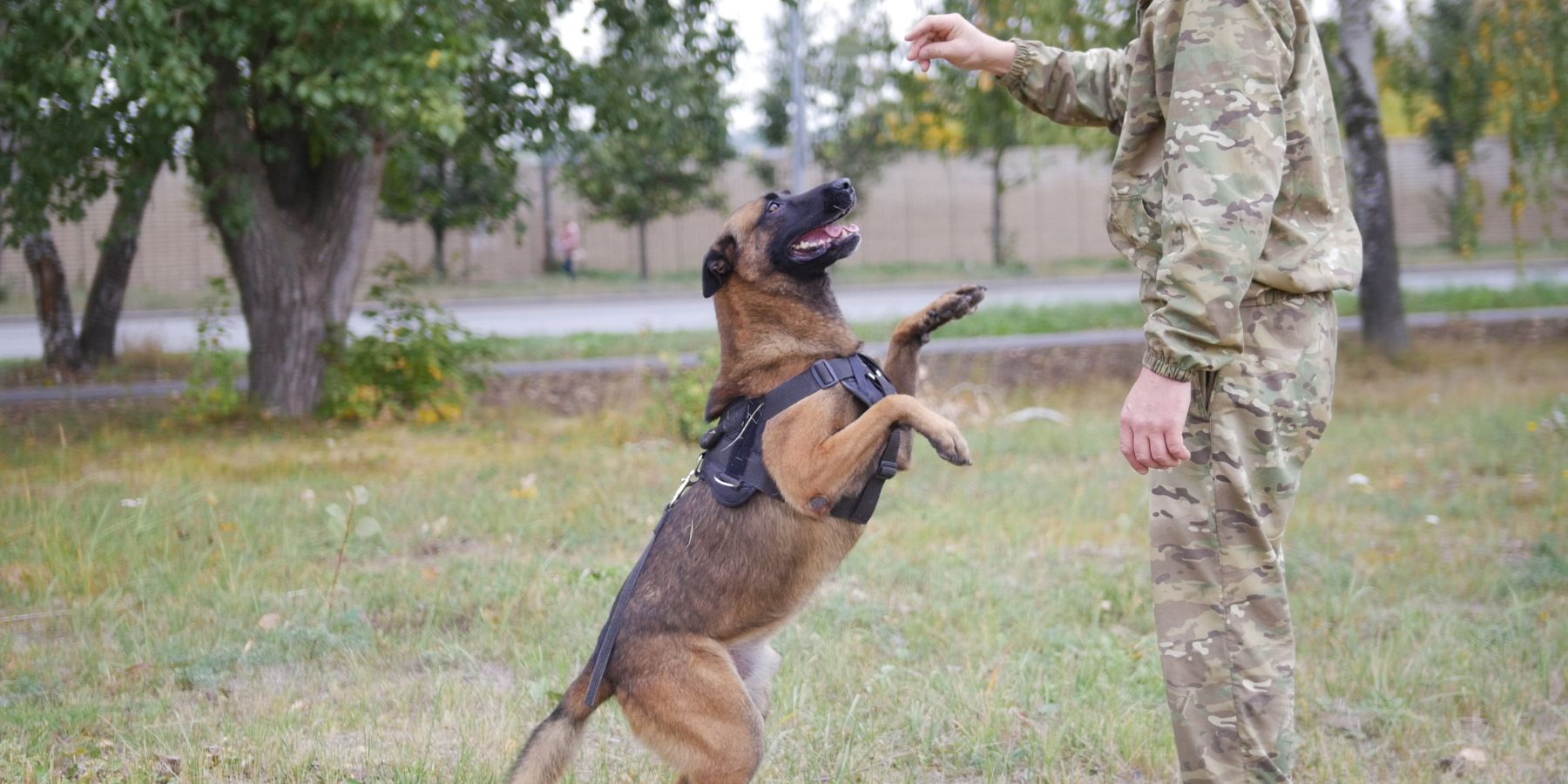Training your dog is an essential part of pet ownership, and the commands you choose can significantly impact the training process and your dog's behavior. In recent years, German dog commands have gained popularity for their precision and effectiveness. But is German dog command training the right choice for you and your furry friend? Let's explore this training method and help you make an informed decision.
The Power of Language in Dog Training
Dogs are excellent at picking up on verbal cues and commands. The words you use during training sessions play a vital role in conveying your expectations to your dog. German dog commands are known for their unique advantages that set them apart from other training methods.
What Makes German Dog Commands Special?
Precision and Clarity: The German language is renowned for its precision and clarity in pronunciation. Each letter is consistently pronounced, making it easier for dogs to distinguish between commands. This precision reduces confusion and ensures that your dog understands your cues.
Universality: German commands are not only recognized in Germany but also widely understood in various parts of the world. This universality can be advantageous, especially if you plan to travel with your dog or seek assistance from professional trainers.
Short and Distinct: German dog commands are typically short and to the point. Dogs respond best to concise cues and lengthy or complex phrases can lead to confusion. German commands' brevity makes them easy for dogs to grasp.
German Dog Commands You Should Know
Let's take a look at some essential German dog commands that can be beneficial in training your canine companion:
- Sitz (Sit): Teaching your dog to sit is one of the foundational commands in dog training. In German, you can use "Sitz" to instruct your dog to sit down.
- Platz (Down): "Platz" is the German equivalent of "down." It's a valuable command for getting your dog to lie down on command.
- Hier (Come): When you want your dog to come to you, simply say "Hier." It's a reliable recall command.
- Bleib (Stay): "Bleib" is used to command your dog to stay in one place. It's essential for ensuring your dog's safety in various situations.
- Fuß (Heel): "Fuß" means "heel" in German and is used to keep your dog walking closely by your side without pulling on the leash.
Is German Dog Command Training Right for You?
Now that you're familiar with the advantages of German dog commands, it's time to consider whether this training method is the right fit for you and your dog. Here are some factors to help you decide:
1. Your Commitment to Consistency
Consistency is key in dog training. Regardless of the commands you choose, it's essential to be consistent in your cues and expectations. If you're willing to commit to using German commands consistently, this training method can be highly effective.
2. Your Dog's Learning Style
Every dog is unique, and their learning styles may vary. Some dogs may respond exceptionally well to German commands, while others may do equally well with commands in your native language. Consider your dog's individual needs and preferences.
3. Your Training Goals
Think about your training goals. Are you looking to teach basic obedience commands, or do you have more advanced training objectives? German commands are versatile and suitable for various training goals.
4. Accessibility to Resources
Ensure that you have access to resources that can help you learn and pronounce German commands correctly. Online tutorials, videos, and professional trainers can be valuable resources in your training journey.
Conclusion
German dog command training offers a unique set of advantages that can benefit both you and your dog. Its precision, universality, and simplicity make it an appealing choice for many pet owners. Ultimately, the decision to use German commands should align with your training goals and your dog's individual needs. Whether you choose German commands or opt for another training method, the key to success lies in consistency, patience, and the strong bond you share with your furry companion.


